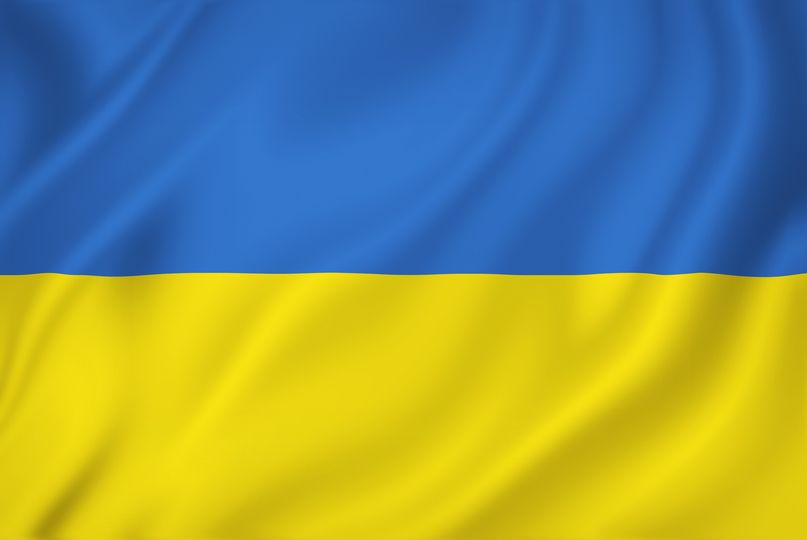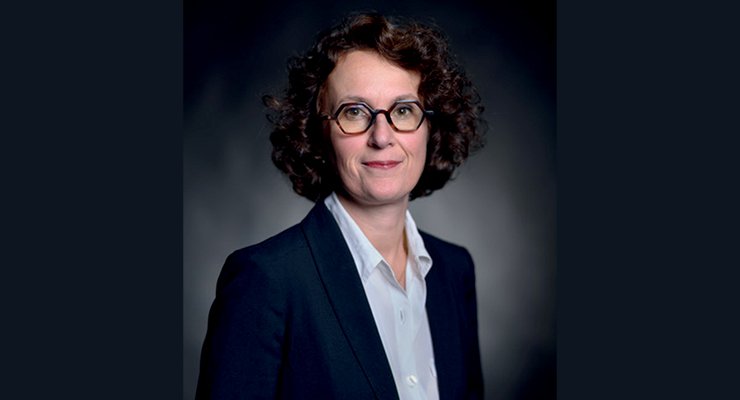Knowledge, Organization and Technical Systems (Costech)
Costech is the multidisciplinary research unit of the TSH department at UTC. Its particularity is to be centered on the relations between man, technique and society, according to three levels: the technically constituted and technically constituting dimensions of the human experience (CRED team), new social practices around digital media and devices (team EPIN), the modeling and management of innovation and socio-technical changes specific to contemporary capitalism (CRI team).
Objectives
The role of the Costech unit is to develop research in the humanities and social sciences (SHS) in the context of an engineering school, which is also a university of technology. In this way, and throughout its history, the Costech project has been part of the confluence of SHS and engineering sciences.
The unit's project for the next five-year period is to develop technological research in SHS in / on contemporary socio-technical environments.
From the UTC-Costech point of view, technologies are concomitantly the objects and the means for our research. We participate in the implementation of real devices: designing the interfaces and coupling units, participating in the innovation processes that derive from the analyses, implementation of pedagogical or participative systems and development of value-added strategies.
Research teams and thematics
The Costech laboratory currently has 3 interdisciplinary groups:
- Cognitive Research and Enaction Design (CRED)
- Complexity, Networks and Innovation (CRI)
- Analysis of Digital Interactive Practices (EPIN)
Costech is especially engaged in 2 transverse priorities:
- Care technologies (p.e. systèmes de suppléance d'organes),
- Cooperate in a digital environment (p.e. dispositifs de l'économie collaborative).
Costech has 3 technological platforms:
- Perceptual substitution (tactile interfaces for the blind),
- Digital hall at the innovation center (interactive collaborative tables),
- CIMA (advanced medical imaging center).
Partnerships
UTC-Costech is involved in international research networks: Design Society, Réseau DEL (démocratie électronique), Electronic Literature Organization (création numérique)…
The laboratory is also involved in numerous research projects, in particular:
- the Labex MS2T on systems of systems (UTC),
- the TransNum program on digital transformations (Sorbonne Université),
- the group of scientific interest (GIS) called "the Technology and Social Sciences Unit" UTSH (réseau des UT) which groups together four higher education and technological research establishments: Institut polytechnique UniLaSalle Beauvais and the three French universities of technology (UTBM, UTC and UTT). The objective assigned to the GIS is to promote research and teaching of social sciences in a technological context.
Industrial partners and civil society: Renault, Dassault Aviation, DCNS, Airbus, Decathlon, EDF, IRCAM, Ineris, Orange Lab., Cité des sciences et de l'industrie, Cnes, Éducation nationale, association Décider ensemble, Commission nationale du débat public, CHU Amiens…
UTC-Costech has a close partnership with several of its spin-off companies Linkfluence, Intellitech, Cooprex International, Novitact, L'Atelier Iceberg et Ubikey. These spin-offs relate in particular to the visualization of data, the construction of cooperation and trust or collaborative work.
Projects
The Costech Laboratory is involved in numerous research projects – with both private and public funding – and in technological development programmes.
Picardie regional projects
- Development of perception substitution for the blind with ITOIP (acronym for Tactile Interactions to aid Orientation, Information and Presence), Portinteract (the tactile Internet Portal) and Spacei (perceptive substitution for attention in digital interactions), all three projects being supported financially by the Picardie Region.
- Development of tactile devices for preliminary, collaborative design work using a multi-user tactile table (Tatin) – the Intelligent Design Platform (Tatin-Pic), in collaboration with the UTC-Heudiasyc laboratory.
- PRECIP, in a collaboration with secondary school teachers on the topic of digital writing which is a subject matter that can be taught in multi-media, interactive or collaborative modes.
ANR project
- Digital writing and creation, with ENEID (acronym for digital eternities, post-mortem digital identities and innovative memorial uses of the web seen from literary genre analysis perspective).
- Post-mortem digital identities and innovative memorial uses of the web through the prism of gender.
Bpifrance project
Studies on the digital print with the DynamiCity project, in a partnership with the University of Shanghai, China, to better understand the specific features of the conurbations of Paris and Shanghai analysed via digital data, throwing light on the best opportunities and valorisation of the data bases compared with other information from various social networks, etc. This project is carried out in collaboration with Linkfluence who ensure the gathering and analysis of the data and Xerox documents.
Costech works with the 'project nursery' which houses projects initiated in partnership with the research world and seeking to become self-standing. These projects would normally then move to the UTC Innovation Centre (e.g.,the Feeltact Project).
The research activities are coordinated round interdisciplinary "translation"workshops, PhD level seminars, annual seminars such as Phiteco (Philosophy,Technology and Cognition), CCT (Communicating Technological Knowledge) and the Technology & Philosophy platform.
Zoom on a project
Contact and documentation
Contacts de la recherche à l'UTC



